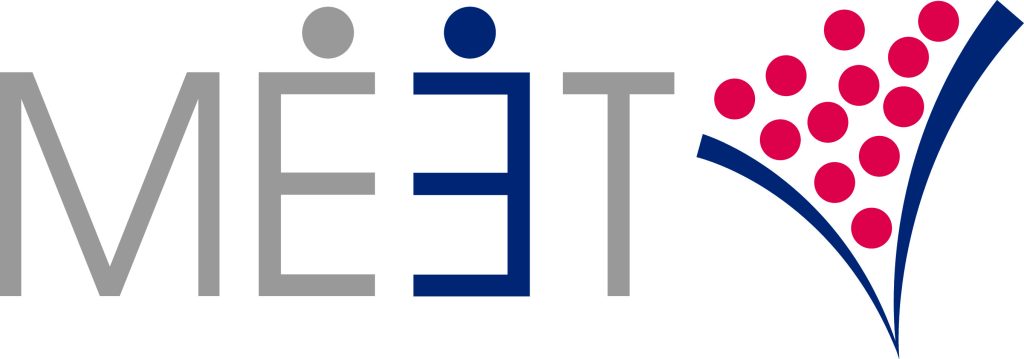Participating in trade shows can be a significant investment for businesses, both in terms of time and money. To ensure this investment yields the desired results, it is crucial to assess trade show performance accurately. By evaluating various performance metrics and employing strategic analysis, businesses can determine the effectiveness of their participation and make informed decisions for future events.

1. Set Clear Objectives
Before you can assess trade show performance, it’s essential to have clear, measurable objectives. These goals might include lead generation, brand awareness, sales, networking opportunities, or market research. By defining specific targets, you create a benchmark against which you can measure your performance. For instance, if your goal is to generate 100 qualified leads, you can assess how close you came to achieving this number.
2. Track Lead Generation
One of the most straightforward ways to assess trade show performance is by tracking the number and quality of leads generated. Collect contact information from attendees who visit your booth and categorize them based on their level of interest and potential value to your business. Use a customer relationship management (CRM) system to track these leads and follow up after the event. The conversion rate of these leads into customers is a critical metric in evaluating the trade show’s success.
3. Measure Brand Awareness
Increasing brand awareness is often a primary goal for trade show participation. To assess trade show performance in this area, look at metrics such as booth traffic, social media engagement, and website visits during and after the event. Conducting surveys with booth visitors can also provide valuable insights into how well your brand message resonated and how memorable your presence was. Additionally, track any mentions of your brand in media coverage or industry publications following the trade show.
4. Evaluate Sales and Assess Trade Show Performance
Assessing the direct sales generated from a trade show is another vital aspect of performance evaluation. Calculate the return on investment (ROI) by comparing the total revenue generated from the event to the costs incurred. These costs include booth rental, travel, accommodations, promotional materials, and staff time. A positive ROI indicates a successful trade show, while a negative ROI suggests the need for adjustments in strategy or participation in different events.
5. Analyze Engagement and Interaction
The quality of interactions at your booth is a significant indicator of performance. Monitor how many meaningful conversations your team had, the duration of these interactions, and the overall engagement level of visitors. Tools such as lead retrieval systems can help capture data on visitor interactions. Additionally, observe how many attendees participated in any demonstrations, presentations, or activities you offered. High engagement levels typically correlate with a successful trade show experience.
6. Review Competitor Performance
Assessing trade show performance also involves benchmarking against competitors. Take note of their booth design, visitor traffic, engagement strategies, and overall presence. Compare their performance metrics with yours to identify areas for improvement. Understanding what your competitors are doing well can provide valuable insights for enhancing your future trade show strategies.
7. Gather Feedback
Collect feedback from your team and attendees to get a comprehensive view of your performance. Conduct post-event surveys to understand the experiences and satisfaction levels of booth visitors. Likewise, hold debriefing sessions with your staff to discuss what worked, what didn’t, and how the overall experience can be improved. This qualitative data is crucial for a holistic assessment of your trade show performance.
8. Monitor Long-Term Impact
While immediate results are important, the long-term impact of trade show participation can be even more telling. Track the progress of leads generated at the event over several months to assess conversion rates and overall sales impact. Additionally, monitor any long-term shifts in brand recognition, market positioning, and industry relationships that can be attributed to your trade show participation.
To effectively assess trade show performance, businesses must take a comprehensive approach, evaluating both quantitative and qualitative metrics. By setting clear objectives, tracking lead generation, measuring brand awareness, evaluating sales and ROI, analyzing engagement, reviewing competitor performance, gathering feedback, and monitoring long-term impact, companies can gain a complete picture of their trade show effectiveness. This detailed assessment not only helps in justifying the investment but also provides insights for continuous improvement and future success.
Assess Trade Show Performance Tools
Learn about MEET’s Trade Show Dashboard tools
—
About MEET
MEET helps international B2B & B2G companies scale in the U.S. through trade shows, events, and strategic connections. Contact Bill Kenney to discuss your U.S. expansion goals bill@meetroi.com or +1 (860) 573-4821.

